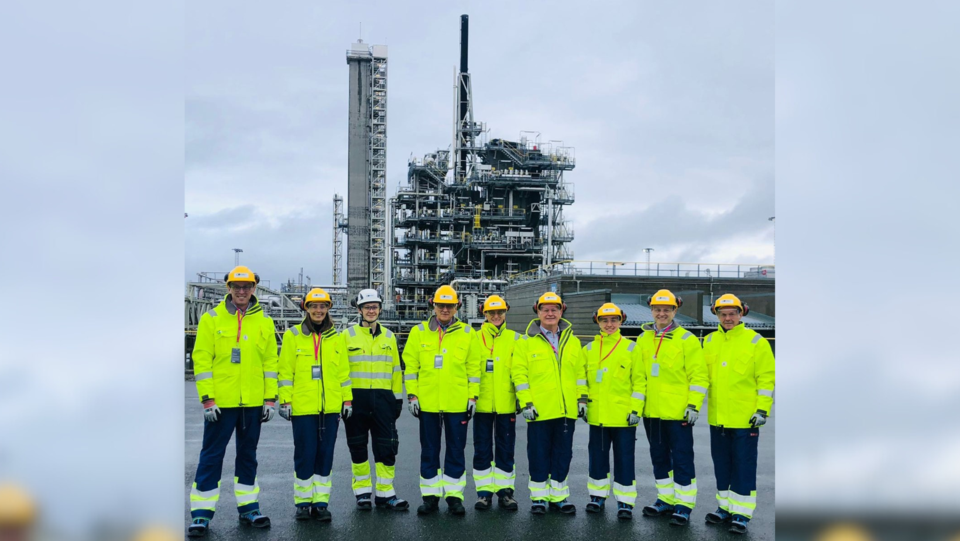A Vancouver-based company specializing in biogenic carbon-dioxide capture has signed an offtake agreement with Microsoft Corp. (NASDAQ:MSFT).
A Friday announcement by CO280 Solutions Inc. says Microsoft will purchase 3.7 million tonnes of their carbon dioxide removal (CDR) over 12 years from a U.S. pulp and paper mill.
Founded in 2021, CO280 is a project development company that partners with and retrofits mills for biogenic carbon emission collection. According to the release, mills in the U.S. alone emit 88 million tonnes of biogenic carbon dioxide per year.
“The project being supported by Microsoft … it’ll be the first one in the world,” Jonathan Rhone, CEO of CO280, told BIV. “We partner with the pulp and paper company … and that joint venture finances, owns and operates the capture plant located at the mill.”
He said the project will help Microsoft reach their commitment to become net zero by 2030.
Once the project engineering and final investment decision are complete, Rhone said the project will be up and running by the end of 2028. The capturing technology for the project will be provided by SLB Capturi, a European carbon capture venture.
According to Rhone, the mill for this project will be located in the U.S. gulf coast, where most of their projects will be developed. However, he said the company is also developing a project in Alberta.
The total value of the contract wasn’t disclosed. However, in December, the company signed an offtake agreement worth US$48 million with Frontier Climate in exchange for 224,500 tonnes of CDR by 2030.
Frontier is a market commitment organization founded by companies like Shopify and Meta.
“We have a dozen projects in development… we're securing about $5 billion of project capital to actually build those projects,” said Rhone. “We got another 20 projects that can be replicated after this.”
To start the capturing process, waste biomass from timber mills is sent to the pulp processing plant, where it’s turned into pulp to make paper. The waste product of this process is then burned in large boilers which generates heat and power for the plant.
Biogenic carbon is released from this process, which is the same carbon that was originally extracted from the atmosphere by the same biomass that is turned into paper.
Once the carbon is captured at the mill, instead of releasing it back into the atmosphere, the gas is sent via pipeline to a site where it’s pumped into storage, said Rhone. The release said over 75 per cent of U.S. mills are located within 100 miles of storage sites.
CO280’s formation was twofold, said Rhone. Firstly, there was a lack of adoption and scale up of climate technologies that could reduce carbon dioxide emissions fast enough.
Secondly, there was a growing need for companies to reach their net zero targets, which they can do so by buying CDR credits—this started around four years ago, he said.
“We're technology agnostic, and our goal is to be the world leader in scaling up permanent carbon dioxide removal and to develop and finance the projects to do that,” he said.




